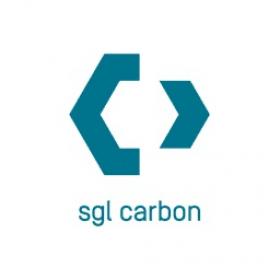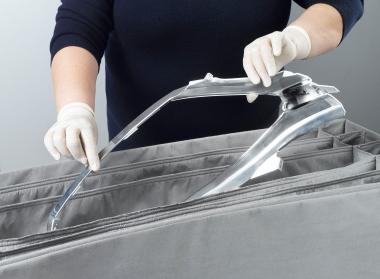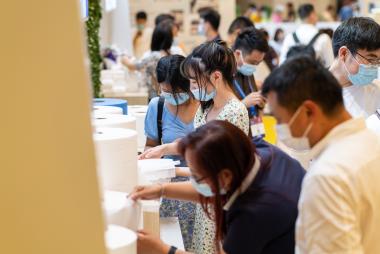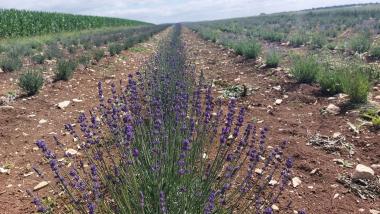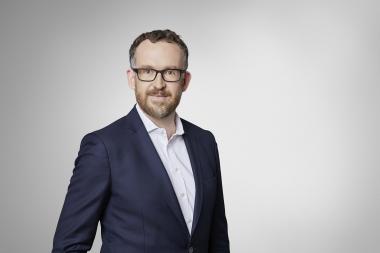EU-Chemikalienrecht contra Technische Textilien
Das Fluorcarbon PFHxA soll durch sehr niedrige Grenzwerte reguliert werden. Die Produktion technischer Textilien für Umweltschutz, Medizin, Schutzbekleidung und Bau sieht dadurch viele Anwendungen in Frage gestellt.
Schusssichere Westen für Polizei und Militär, Schnittschutzhosen für Forstarbeiten, Spezialtextilien für Brennstoffzellen und Elektroisolation, Erosionsschutz im Tiefbau, ressourceneffizienter Leichtbau, Klima- und Sonnenschutzausstattung, flammgeschützte Auskleidungen von Transportmitteln, Wundpflaster und Verbandsmaterialien – die Produzenten von technischen Textilien sind Hidden Champions. Die deutsche Textilindustrie hat sich weltweit eine Vorreiterstellung bei den komplexen Lösungen erarbeitet und sieht jetzt zahlreiche Anwendungen durch das EU-Chemikalienrecht in Frage gestellt.
Grund dafür ist, dass der Stoff PFHxA mit einem extrem niedrigen Grenzwert belegt werden soll. Der Stoff findet sich aufgrund seiner thermischen und chemischen Stabilität in einer Vielzahl von Anwendungen und ist in der Textilindustrie in eingesetzten Hilfsmitteln zu finden. Auf einem fertigen Produkt ist PFHxA in nur sehr geringen Spuren zu finden – der Stoff selbst ist, nachgewiesen durch wissenschaftliche Studien, toxikologisch nicht bedenklich. Erst 2017 war PFHxA als Ersatzstoff in der PFOA-Regulierung ausgewiesen worden, zahlreiche Wertschöpfungsketten wurden umgestellt. Jetzt steht der Stoff selbst vor starken Regulierungen – einen Ersatzstoff gibt es nicht.
Um dies zu verhindern, macht die Textilindustrie einen Lösungsvorschlag: eine Ausnahme für technische Textilien gemäß DIN EN ISO 14419/Ölnote 3 (Mindestanforderung) verbunden mit einer Berichterstattung über Einsatz, Substitution und Minderung von PFHxA.
Südwesttextil, der als Verband zahlreiche Hersteller technischer Textilien in Baden-Württemberg. vertritt, sieht in der geplanten Grenzwerteinführung für PFHxA faktisch ein Anwendungsverbot. Das bedeute, dass viele technische Textilien am Standort Deutschland nicht mehr produziert werden können.
Chemikalienrecht PFHxA Verband der Südwestdeutschen Textil- und Bekleidungsindustrie Südwesttextil e.V. Südwesttextil
Verband der Südwestdeutschen Textil- und Bekleidungsindustrie Südwesttextil e.V.








